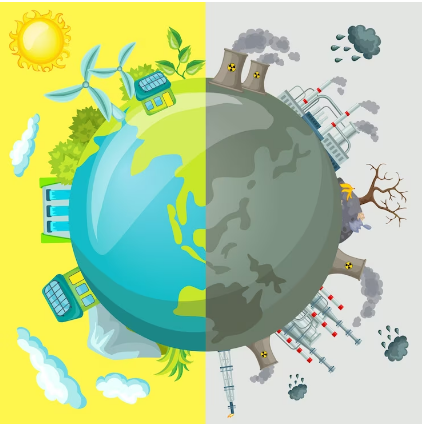steps that need to be followed for obtaining the EIA NOC
Preparation of the DPR (Detailed project report): This stage includes the study of EIA/EMP studies by environmental experts.
- The DPR is a document that describes the proposed project in detail, including its location, size, design, and environmental impacts.
- The consultant prepares the detailed project report (DPR) based on the information provided by the project proponent and architect.
- The DPR is submitted to the SEAC and SEIAA for review.
Assessment of the DPR by Environmental Experts:
- The DPR is assessed by experts in different environmental fields, such as air pollution, water pollution, and noise pollution.
- The experts review the DPR to identify potential environmental impacts and assess their significance.
Site visit by Environmental Experts:: A site visit is done to see the significant environmental impacts by the team of Experts.
Baseline data collection from Environmental Lab::
- Baseline is collected for pre-monsoon and Post-monsoon which includes air quality, water quality, noise levels, and soil quality.
- It is used to compare the environmental conditions before and after the project is constructed. The site visit is conducted by a team of experts,
Submission of the DPR: The DPR having baseline data, and the site visit report are submitted to the SEAC and SEIAA. The SEAC and SEIAA review these documents to decide whether to issue an EC or NOC for the project.
Public hearing: The SPCB (State Pollution Control Board) in line with the SEAC/SEIAA holds a public hearing to solicit feedback from the local community. The public hearing is an opportunity for people who live near the proposed project to express their concerns about the environmental impacts of the project.
Issuance of an EC/EIA NOC: After considering all the relevant factors, the SEAC/SEIAA issues an EC or EIA NOC for the project. The EC or NOC specifies the conditions that the project must adhere to minimize its environmental impacts.
Validity of the EIA NOC (Environmental Clearance)
- The environmental clearance (EC) or no objection certificate (NOC) for building townships and area development/infrastructure projects is valid for seven years.
- in the Case of Mining projects, EIA/EC is valid for 5 years or up to the validity of the Mining lease.
- NOC for EIA from MoEF is valid for 5-10 years in case of Industrial projects subject to the EIA notification 2006 and subsequent amendments.
- To extend this validity period, project developers/units must submit a detailed project report (DPR) to the environment department and other relevant authorities before the current EC/EIA NOC expires.
Why you should choose Northern Ridge for EC/EIA NOC?
- 100% Delivery On Commitment
- Decades of Experience
- Competitive Price
- Happy & Satisfied Clients













